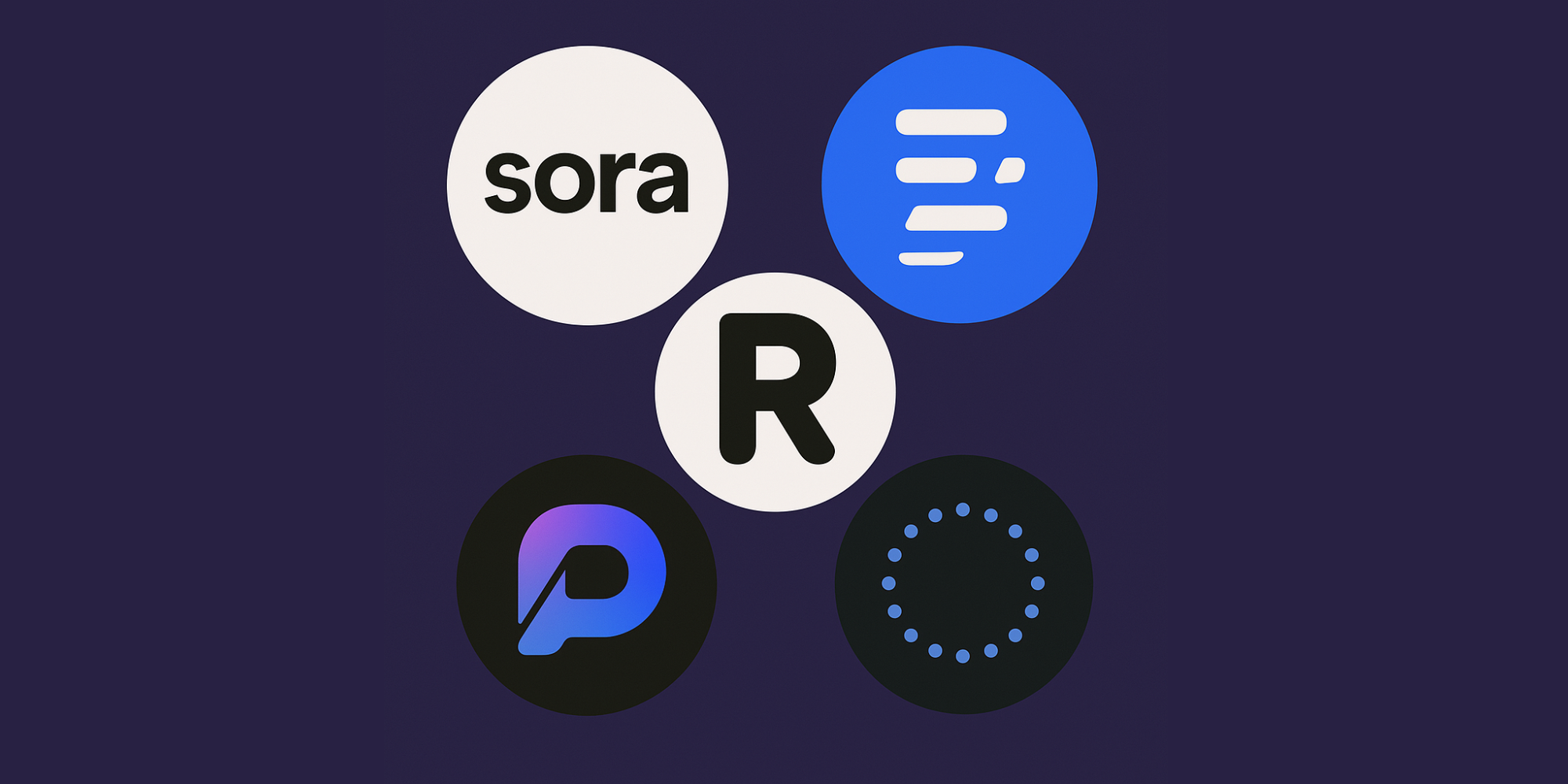
Author
Kiara
Published
Reading time
3 min.
AI News: How Objective Reporting Is Revolutionizing Journalism and Overcoming the Crisis of Trust

@ChatGPT 4o
Why AI-Based News Are More Objective
Introduction – The Trust Crisis in Journalism
Traditional media are currently facing a severe trust crisis. With the increasing presence of opinion journalism, political influence, and growing societal polarization, many audiences feel that classical media no longer serve their role as unbiased informers. The resulting "trust loss in news" has led to an increased demand for objective reporting. This has paved the way for alternatives, including AI-based news, which promise a welcome shift away from biased narratives and towards data-driven, impartial journalism.
What Are AI-Generated News?
AI-based news refers to articles and reports generated by advanced algorithms. This concept ranges from purely automated text production to hybrid models where human oversight plays a crucial role. Often described as "algorithmic journalism," AI news leverages techniques from artificial intelligence journalism to sift through massive amounts of data, identify patterns, and compile these into coherent news stories.
By incorporating technologies that underpin AI text generation these tools strive to offer a level of objectivity unattainable through traditional methods. In doing so, they attempt to bridge the gap created by the inherent biases found in conventional media.
How AI Promotes Greater Objectivity
AI holds significant potential for fostering more objective news reporting. Here are some key reasons why AI-generated content can offer a more balanced perspective:
1. No Personal Opinion or Political Agenda
Machines do not possess personal opinions or political biases. Unlike human journalists, who can sometimes infuse their work with personal perspectives—either consciously or subconsciously—AI-generated articles are devoid of any ideological stance. This ensures a level of neutrality that helps combat news bias and delivers objective reports.
Example: Consider a news piece on economic policy produced by AI versus a traditional opinion article. While the latter might subtly favor one political view, the AI-generated version focuses solely on data and facts, avoiding any overt ideological interpretation.
2. Data-Driven Analysis Instead of Emotional Language
AI algorithms prioritize data and statistical evidence over emotional and subjective language. By relying on robust datasets, these systems eliminate the risk of sensationalism commonly found in classical reporting. The result is a report that emphasizes empirical evidence and factual analysis, thereby contributing to more objective AI text.
3. Consistency in Source Processing
One of the standout features of AI in journalism is its ability to process an extensive array of sources consistently. Automated systems can cross-reference multiple databases and multilingual sources to verify facts. This automated fact-checking and wide-ranging sources integration ensures that every piece of information is scrutinized thoroughly—a critical step in avoiding media bias and spreading fake news.
4. Unbiased Weighting of Information
AI algorithms are programmed to treat all data points equally, without any inherent predisposition towards certain political or social narratives. This sort of unbiased weighting means that no piece of information is given undue prominence purely based on its source or presentation. Such an approach fosters a more balanced overview, contributing to what many call objective AI text generation.
The Human Element – Why AI Doesn’t Work Alone
Even though AI-driven journalism offers significant benefits, the human factor remains indispensable. A well-rounded workflow typically begins with research analysts who provide context and verify data. Once this groundwork is laid, AI generates the initial content using sophisticated algorithms. However, to combat any risk of "hallucination" (a term used to describe when AI generates inaccurate or misleading information), a rigorous quality control step is performed by human editors.
This collaboration between human oversight and automated processes—often referred to as AI fact checking —ensures that every article is not only data-driven but also aligned with high journalistic standards.
Challenges and Limitations of AI-Generated News
Despite its strengths, AI-generated journalism is not without its challenges:
- Lack of Empathy and Context: Machines may fail to capture the nuance of human experiences, particularly in emotionally charged or exceptional situations.
- Ethical Considerations: Determining who is accountable for the content generated by an algorithm raises critical ethical questions.
- Risk of Misuse: There is always a possibility of these systems being manipulated to disseminate misleading information, a concern that touches on the broader issue of fake news.
Why AI Is Still the Future of Objective Reporting
AI's unique attributes—speed, scalability, and neutrality—set it apart in the landscape of modern journalism. It enhances our ability to deliver objective, data-driven reporting while addressing some of the most pressing concerns plaguing traditional media. The combination of human insight with machine efficiency heralds a new era in journalistic quality.
In essence, while AI cannot completely replace classical media, it certainly complements and improves them. By enhancing the overall trustworthiness and objectivity of news, AI paves the way for the future of journalism and supports the evolution of AI as an addition in journalism.
Conclusion – A New Era of Information Dissemination
In summary, AI-generated news represent a significant step toward improving the objectivity of reporting. They offer a refreshing alternative to traditional media by eliminating personal bias, leveraging data-driven analysis, and integrating consistent fact-checking across multiple sources. Although challenges and limitations exist, the integration of human oversight ensures that these systems remain both effective and ethical.
As we embrace this new era, platforms such as autark.news showcase the potential of combining human insight with algorithmic precision to deliver truly objective news that caters to an ever-demanding audience for unbiased information.
FAQ
Q1: What exactly are AI-based news?
AI-based news are articles and reports generated by artificial intelligence. They can be completely automated or created through hybrid models where human oversight ensures accuracy and context.
Q2: How do AI-generated news ensure objectivity?
AI-generated news rely on data-driven analysis rather than subjective opinions. They consistently process multiple sources, cross-reference data, and eliminate personal or political biases, thus providing more neutral content.
Q3: Why is human oversight still necessary in AI journalism?
While AI can process massive amounts of data and generate reports efficiently, human oversight provides necessary context, ensures quality, and addresses ethical concerns. This combination prevents issues like data misinterpretation or “hallucination.”
Q4: What are some challenges associated with AI in journalism?
Key challenges include a lack of empathetic understanding, potential ethical dilemmas, and the risk of manipulated or fake news being spread if the systems are exploited.
Q5: Can AI-based news completely replace traditional journalism?
AI is not intended to replace traditional journalism but to supplement and improve it by adding a layer of objectivity and data-driven insights. The collaboration between human editors and AI culminates in more balanced reporting.
Embracing AI in journalism is a step towards more objective and trustworthy reporting. If you’re interested in learning more about this innovative approach, continue to follow our updates and explore platforms that are pioneering this change in the media landscape.
Related Articles
Subscribe to newsletter
Get the latest articles directly in your inbox.


